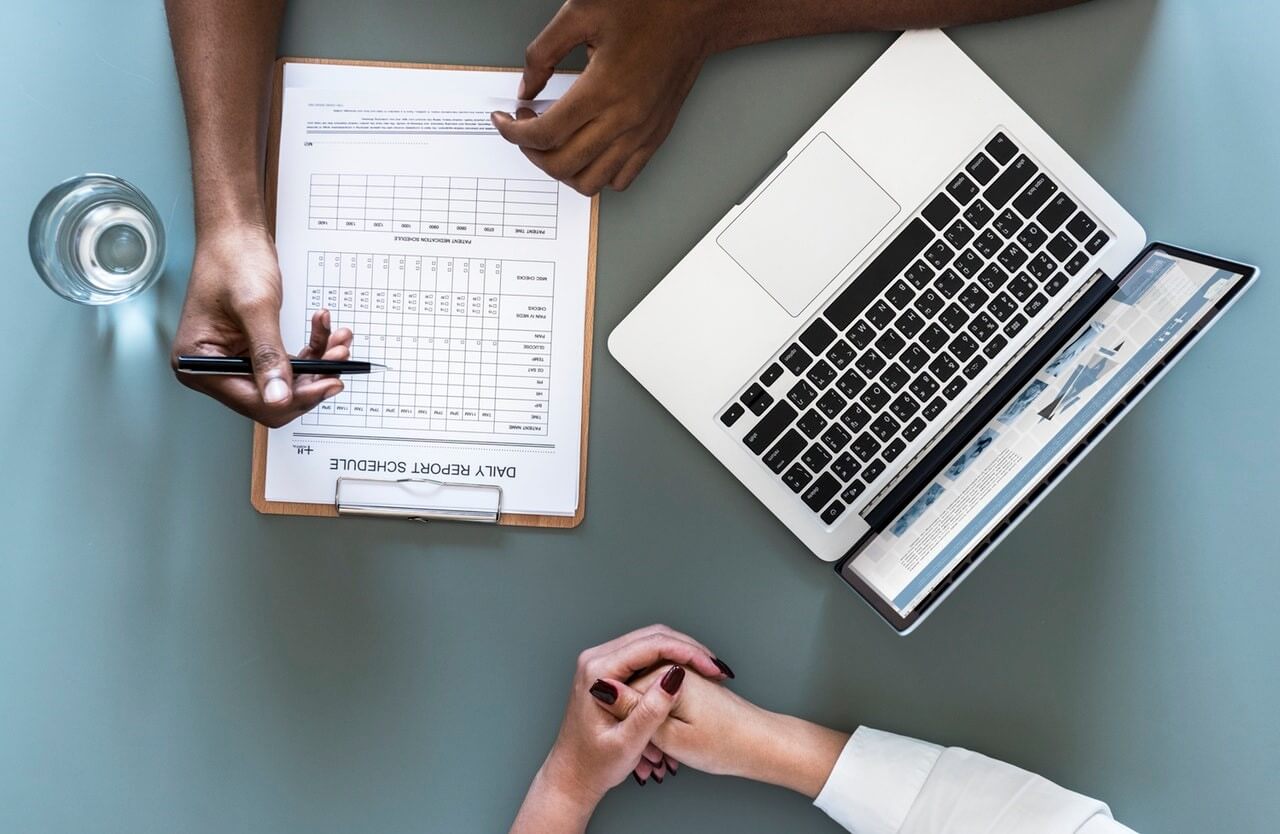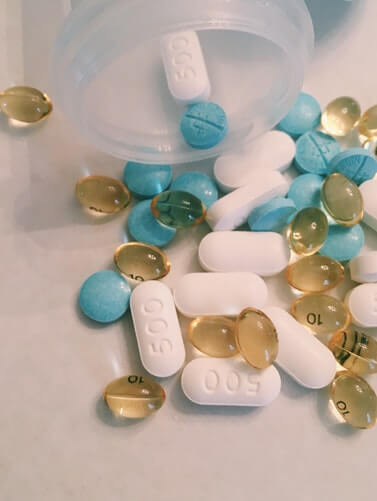By Brooke Faulkner, a writer in the Pacific Northwest; @faulknercreek.
 Healthcare is in a constant state of updating. From new technologies to the latest scientific research, nothing stays the same for long. If it does, there’s almost certainly someone, somewhere, attempting to find a better way.
Healthcare is in a constant state of updating. From new technologies to the latest scientific research, nothing stays the same for long. If it does, there’s almost certainly someone, somewhere, attempting to find a better way.
Right now, though, more than just the medicine is changing. The way we interact with our doctors and the way our doctors interact with each other is redefining what patient care looks like. Slowly but surely, the communication and management of healthcare data is joining the rest of us in the 21st century and going digital. Doctors are available on demand, medical records can be accessed without waiting for a courier, and the amount of information available to the public is growing by the second.
It’s not all so optimistic, though. Concerns about privacy exist in tandem with the benefits of increased access, and medical facilities can be vulnerable to a variety of cyber attacks. Whether you’re considering public health on a global scale or just going to the doctor for a yearly wellness check, digital health data is changing the way we see medical care.
Public Health Opportunities
Increased connectivity in the medical world makes more data available to more people. It’s easier than ever to track disease outbreaks, compare national statistics, and identify trends in global health. In the United States, the field of public health research is expected to spend more than $3.7 trillion in 2018 alone.
We have fewer communicable disease epidemics now than at any time in recorded history. Diagnosis and treatment protocols are more sophisticated, but more often than not, we don’t have to worry about smallpox, measles, or rubella thanks to vaccinations. Instead, many of the health concerns facing Americans are preventable, non-communicable diseases borne of unhealthy lifestyles. In 2017, more than 36 percent of the adult population was obese and 9.4 percent had type II diabetes.
With the data recorded by fitness trackers, electronic food diaries, and other health-focused devices, public health researchers can paint a clearer picture of the lifestyle choices that lead to illness. Public health campaigns can become more targeted and an emphasis placed on follow up and plan adherence through personal technology. By crunching the numbers generated from various populations, researchers can compare and contrast differences among nationalities, noting genetic trends and trying to tease out nature from nurture.
Continue Reading
 In 2017, a new type of pill bottle was invented that could save $300 billion and 125,000 deaths a year. This is the estimated cost of people forgetting to take their medication. Remembering to take your daily prescription is difficult for anyone, but for people living with decreased memory function, it can be almost impossible.
In 2017, a new type of pill bottle was invented that could save $300 billion and 125,000 deaths a year. This is the estimated cost of people forgetting to take their medication. Remembering to take your daily prescription is difficult for anyone, but for people living with decreased memory function, it can be almost impossible.
Not doing so can slow down the recovery process. Technology is now helping to send reminders to take the medication and to keep track of a patient’s dosage intake. This is set to save both lives and money, meaning a win for everyone involved. The addition of internet capabilities to everyday objects is known as ‘the internet of things’ and it could revolutionize the healthcare industry.
The cost of missed prescriptions
For people with serious heart conditions or neurological concerns, medication is essential to their continued well-being and recovery after surgery or other medical procedure. It really is a matter of life or death for many to ensure that they remember to take their prescription pills. The human cost of missed prescriptions is estimated at 125,000 deaths a year.
Then there is the cost to the economy. Pills are a cost-effective way to prevent serious conditions before they arise. If you forget to take one, then you may require additional and expensive medical support. This is estimated to cost $300 billion each year.
What are smart pill bottles?
Many use smartphone reminders to give a daily alert letting the user know that it is time to take a pill. However, this can happen when the person is out and can’t access their pills until later, by which time they may have forgotten. Smart pill bottles have internet capabilities built into them, so they can monitor when the lid is opened and whether a dose has been taken.
This means that the bottle is always aware if a pill is due to the user and can continuously offer reminders. This is simple technology, but this is exactly why it is so effective. Anyone, regardless of tech knowledge, can use this and over millions of cases, it could make a substantial impact.
Smartphone app solutions
Unfortunately, smart pill bottles aren’t yet widely available. However, if you are taking prescription medication and own a smartphone, there are other steps you can take. Apps, such as Patient Partner, are designed, not only to offer reminders but to offer education as well. Understanding why taking pills is so important can help you to remember. It is easy to forget to do something as simple as throwing a pill in your mouth; an action which has no immediate effect and so appears somewhat irrelevant on the surface level. These apps are free to install, easy to use, could make a huge difference in the life of someone who regularly needs to take medication.
Continue Reading
 Healthcare is in a constant state of updating. From new technologies to the latest scientific research, nothing stays the same for long. If it does, there’s almost certainly someone, somewhere, attempting to find a better way.
Healthcare is in a constant state of updating. From new technologies to the latest scientific research, nothing stays the same for long. If it does, there’s almost certainly someone, somewhere, attempting to find a better way. In 2017, a
In 2017, a